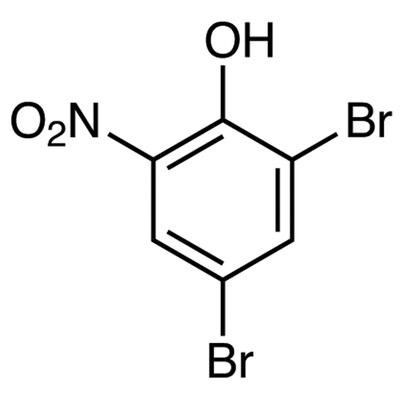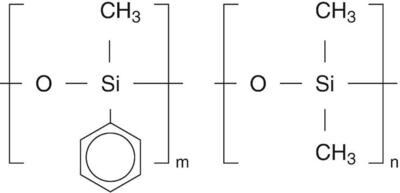Verzending 24–48 u • Levering in de hele EU • Veilige chemieverpakking
Rubidium acetate 99.9% 100 g
SKU 006772-2
€ 448,47
In stock
1
Save this product for later
Rubidium acetate 99.9% 100 g
Product Details
CAS number: 563-67-7
Chemical formulas: RbOOCCH3/ F.W. 144.52
Cation: Rb
Packaging: 100 g
EAN: 8721028246226
Brand: Laboratoriumdiscounter
Rubidium acetate is a rare and highly sought-after compound used in various scientific and industrial applications. With its unique properties, this chemical compound offers exceptional potential in catalysis, organic synthesis, and as a precursor for the production of rubidium-based materials. Discover the immense possibilities of rubidium acetate and unlock new avenues for innovation and research.
When working with Rubidium acetate, it is important to follow safety precautions to ensure your well-being and prevent any accidents. Here are some short safety instructions to keep in mind: 1. Personal Protective Equipment (PPE): Always wear appropriate PPE, including gloves, safety goggles, and a lab coat or protective clothing, when handling Rubidium acetate. This will protect your skin, eyes, and clothing from potential contact or splashes. 2. Ventilation: Work in a well-ventilated area or under a fume hood to prevent the inhalation of any fumes or vapors that may be released during handling or mixing of Rubidium acetate. 3. Handling and Storage: Handle Rubidium acetate with care, avoiding any spills or breakage of containers. Store it in a cool, dry place away from incompatible substances, such as strong oxidizers or acids. 4. Avoid Ingestion and Inhalation: Never eat, drink, or smoke while working with Rubidium acetate. Avoid inhaling any dust or mist that may be generated during handling. 5. Emergency Procedures: Familiarize yourself with the location and proper use of safety equipment, such as eyewash stations and fire extinguishers, in case of an emergency. In case of accidental ingestion, seek medical attention immediately. 6. Waste Disposal: Dispose of Rubidium acetate waste according to local regulations and guidelines. Do not pour it down the drain or dispose of it with regular trash. 7. Training and Knowledge: Ensure that you have received proper training and have a good understanding of the properties and hazards associated with Rubidium acetate before working with it. Remember, these are just general safety instructions, and it is essential to consult the specific safety data sheet (SDS) and follow any additional guidelines provided by the manufacturer or your institution.
Please note, not all safety data for this product is available on our website, for a complete list of P en H sentences and other safety instructions please request the MSDS at our customer service
You May Also Like

5-(TETRADECYLOXY)-2-FUROIC ACID, 99%, 10mg
5-(TETRADECYLOXY)-2-FUROIC ACID, 99%, 10mg
SKU F863521-10MG
€ 37,40

2-Methylindole-3-acetic acid, 97.0%, 25g
2-Methylindole-3-acetic acid, 97.0%, 25g
SKU F040425-25G
€ 74,80
Display prices in:EUR

![3-BROMOPYRAZOLO[1,5-A]PYRIMIDINE-6-CARBOXYLIC ACID, 95.0%, 1g 3-BROMOPYRAZOLO[1,5-A]PYRIMIDINE-6-CARBOXYLIC ACID, 95.0%, 1g](https://d2j6dbq0eux0bg.cloudfront.net/images/88473019/4861234613.png)
![6-Amino-benzo[de]isoquinoline-1,3-dione, 97.0%, 1g 6-Amino-benzo[de]isoquinoline-1,3-dione, 97.0%, 1g](https://d2j6dbq0eux0bg.cloudfront.net/images/88473019/4868305794.png)
![[4-(1-Methyl-3,6-dihydro-2H-pyridin-4-yl)phenyl]boronic acid, 98%, 100mg [4-(1-Methyl-3,6-dihydro-2H-pyridin-4-yl)phenyl]boronic acid, 98%, 100mg](https://d2j6dbq0eux0bg.cloudfront.net/images/88473019/4856244810.png)



![2,3,9,10-TETRAMETHOXY-6,8,13,13A-TETRAHYDRO-5H-ISOQUINOLINO[3,2-A]ISOQUINOLINE HCL, 95%, 1g 2,3,9,10-TETRAMETHOXY-6,8,13,13A-TETRAHYDRO-5H-ISOQUINOLINO[3,2-A]ISOQUINOLINE HCL, 95%, 1g](https://d2j6dbq0eux0bg.cloudfront.net/images/88473019/4857748023.png)



